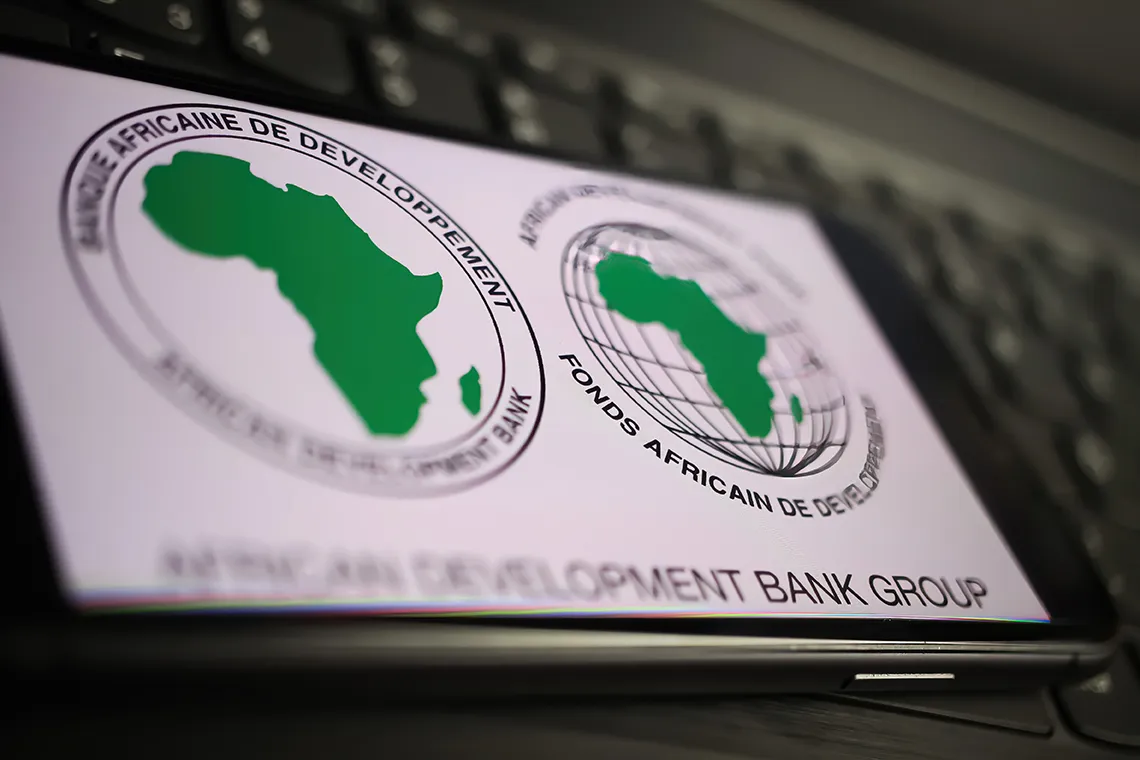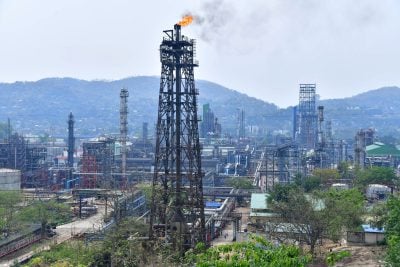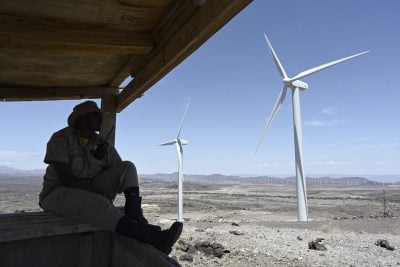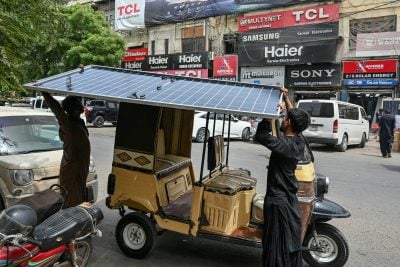This article is part of a series produced in collaboration with the African Development Bank in light of its sixtieth anniversary. Please visit our dedicated portal to read about the Bank's history and its activities on the continent.
Publish What You Fund, the global campaign for aid and development transparency, has named the African Development Bank the most transparent organisation in the world.
The Bank’s Sovereign Portfolio now ranks first out of 50 global development institutions in Publish What You Fund’s 2022 Aid Transparency Index, released today with a top score of 98.5.
African Development Bank Group President, Dr. Akinwumi Adesina said: “I am elated to learn of this outstanding recognition from Publish What You Fund. It is a testament to the relentless efforts of the more than 2,000 personnel across our organization who work tirelessly to accelerate Africa’s progress. Maintaining razor-sharp focus, they consistently deliver top quality under the highest levels of scrutiny. I am incredibly proud of them. I commend Publish What You Fund for their important mission, combining robust research and technical expertise with targeted advocacy and engagement to make aid and development efforts more transparent and effective.”
Senior Vice President Swazi Tshabalala said: “I am absolutely delighted with this score in an index that plays a key role in helping promote openness and greater transparency among international agencies. The Bank has worked hard over the years to improve the disclosure of its aid flows by providing consistent, high-quality, and easily accessible data. Our top ranking has significant human and financial resource implications, as this is the only way to conduct our development business.”
The African Development Bank achieved the highest score in the Aid Transparency Index’s ten-year history and moved into the top spot from its fourth-place ranking in 2020. The Index is the only independent measure of aid transparency among the world’s major development agencies. The Bank has remained consistently in the ‘very good’ category since 2014. It has consistently demonstrated its commitment to increased transparency and its extraordinary progress over the past 10 years in providing high-quality information and becoming more transparent.
Publish What You Fund’s ‘very good’ status is the highest of the five categories used to assess organizations’ transparency. The ranking is based on several criteria. They include finance and budgets, basic information data, organizational planning and performance.
The African Development Bank’s non-sovereign portfolio was assessed for the first time and separately in the 2022 Index. The Bank is the second most transparent development finance institution dealing with non-sovereign operations. Its non-sovereign portfolio is ranked 12th among the 50 global development institutions under comparison.
The past year has been complex and challenging for development transparency. To help fulfill development needs and ambitious global objectives such as the UN Sustainable Development Goals and the Bank’s High 5 operational priorities, more and better development finance than ever is required. This is especially so when large volumes of funding are being assigned to combat the Covid-19 pandemic.
Publish What You Fund Chief Executive Gary Foster said: “We congratulate the African Development Bank’s sovereign portfolio for achieving 1st place in the 2022 Aid Transparency Index. For many years now, the AfDB has engaged to understand the demands of the Index, and they have then re-engineered their approach to disclosure, accordingly publishing more comprehensive, higher quality data. This has been made possible because the efforts of their technical staff are matched by commitment to aid transparency from the highest levels of the organization.”
For the African Development Bank, transparency is more than a watchword: it contributes to continued accountability as well as accurate access to relevant Bank information. Stakeholders can, for instance, find out how the Bank is helping Africa meet its energy and infrastructure needs through the institution’s MapAfrica platform. In addition, the African Development Bank has designed a Projects Data Portal to present easily accessible data.
Click here to access the full report.
 Sign in with Google
Sign in with Google 



